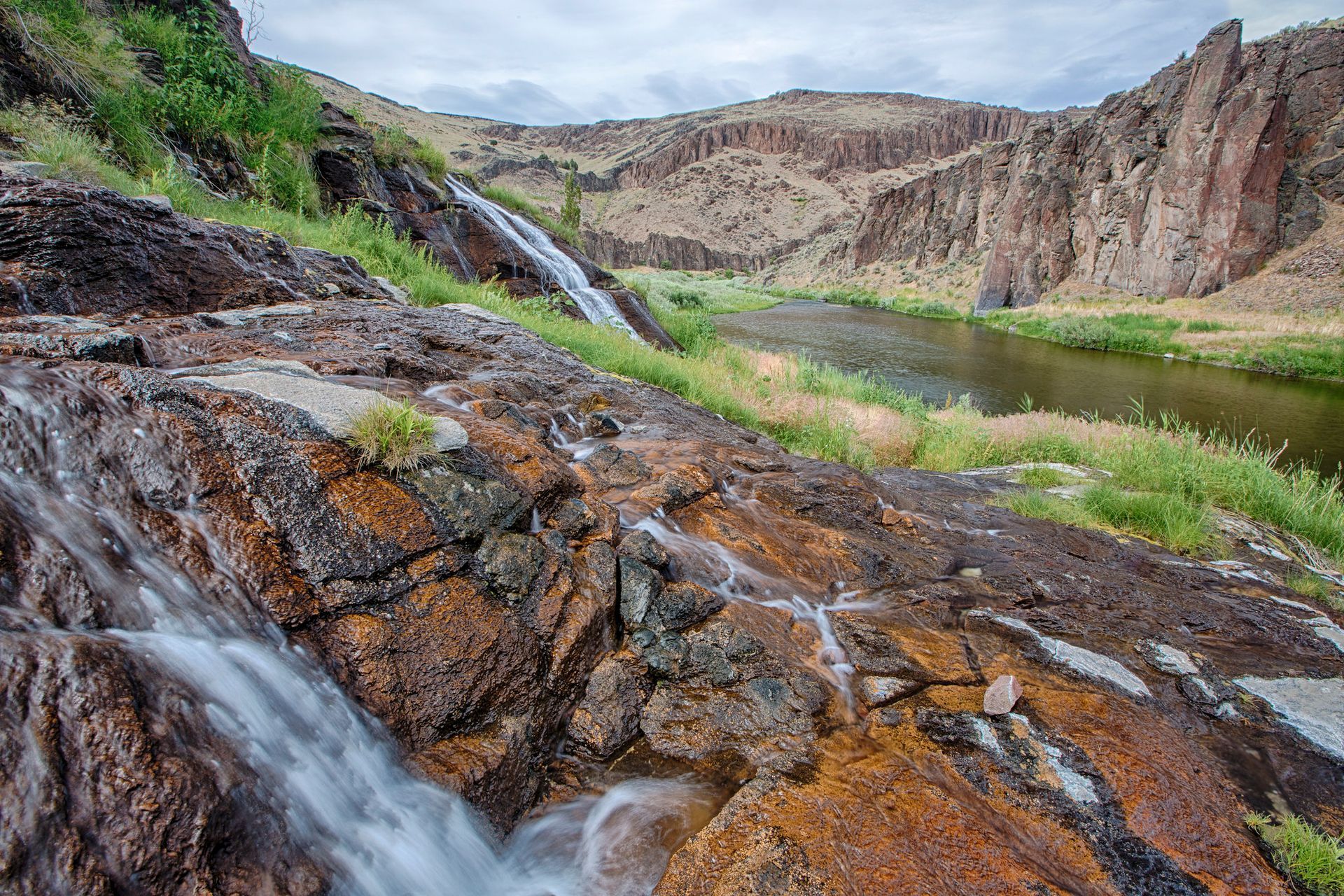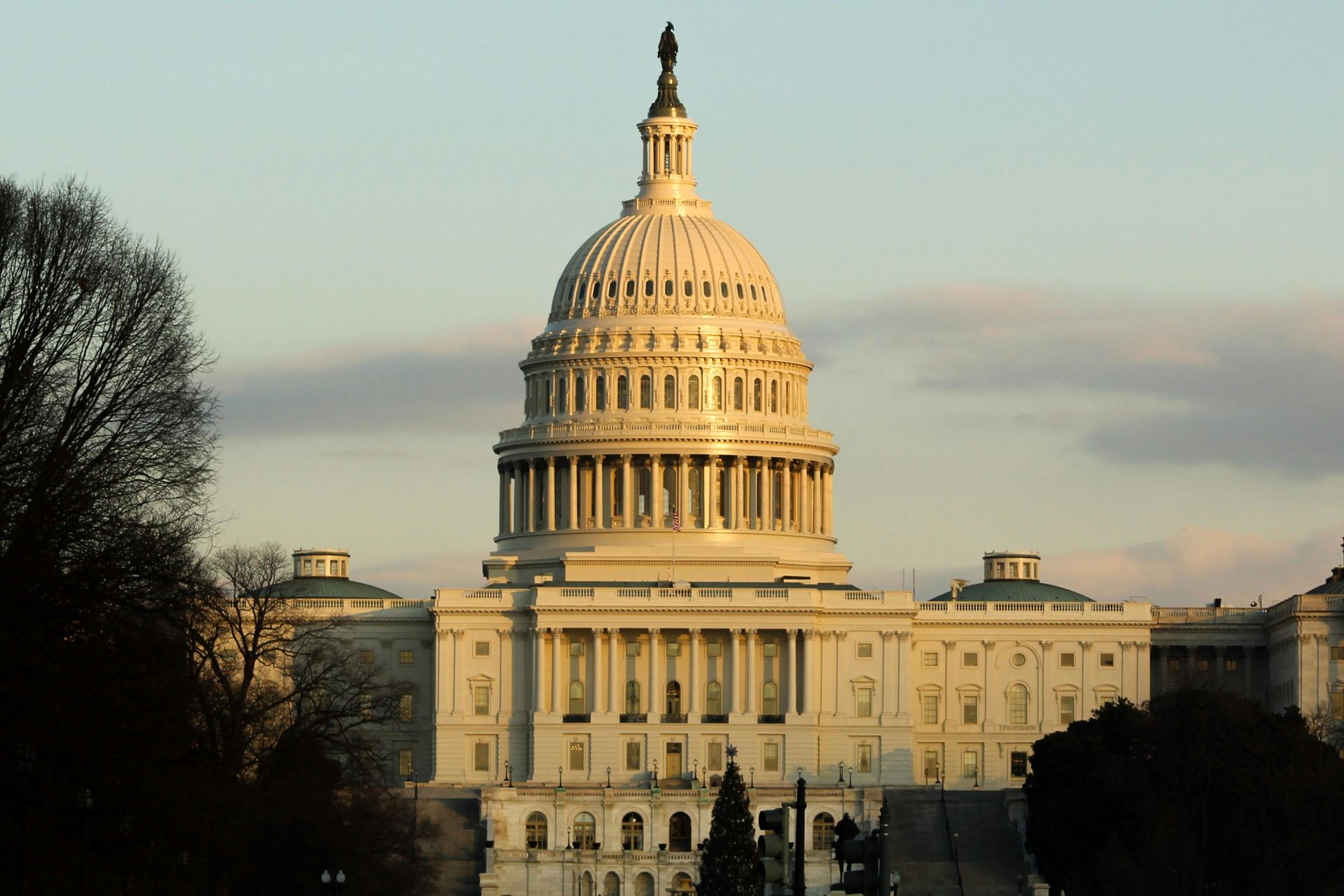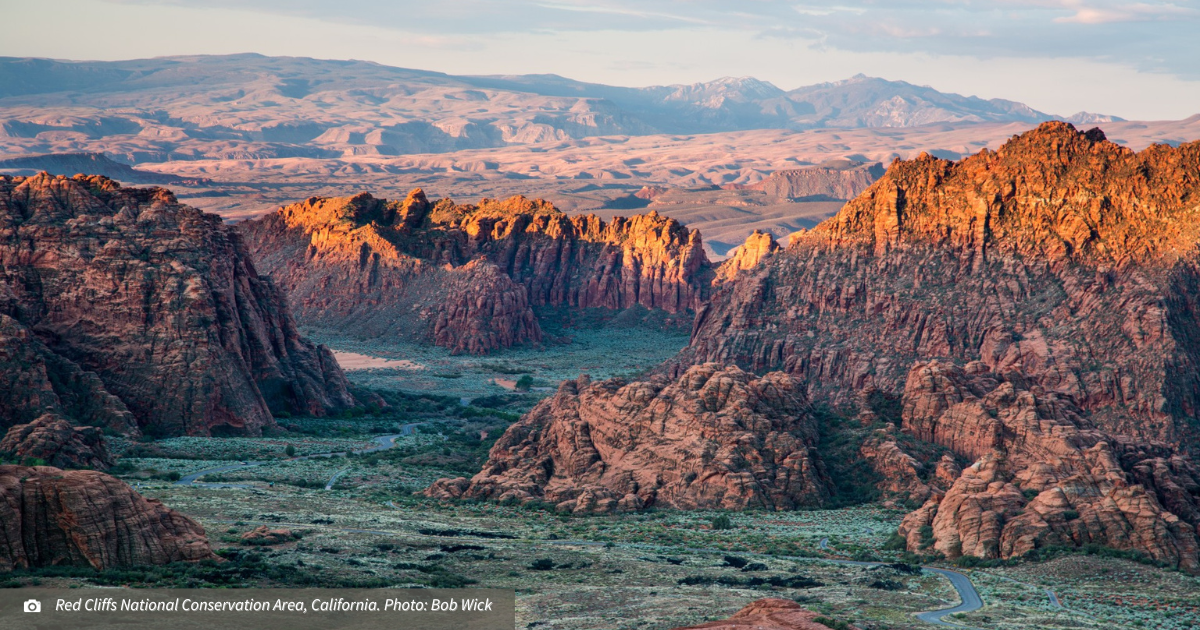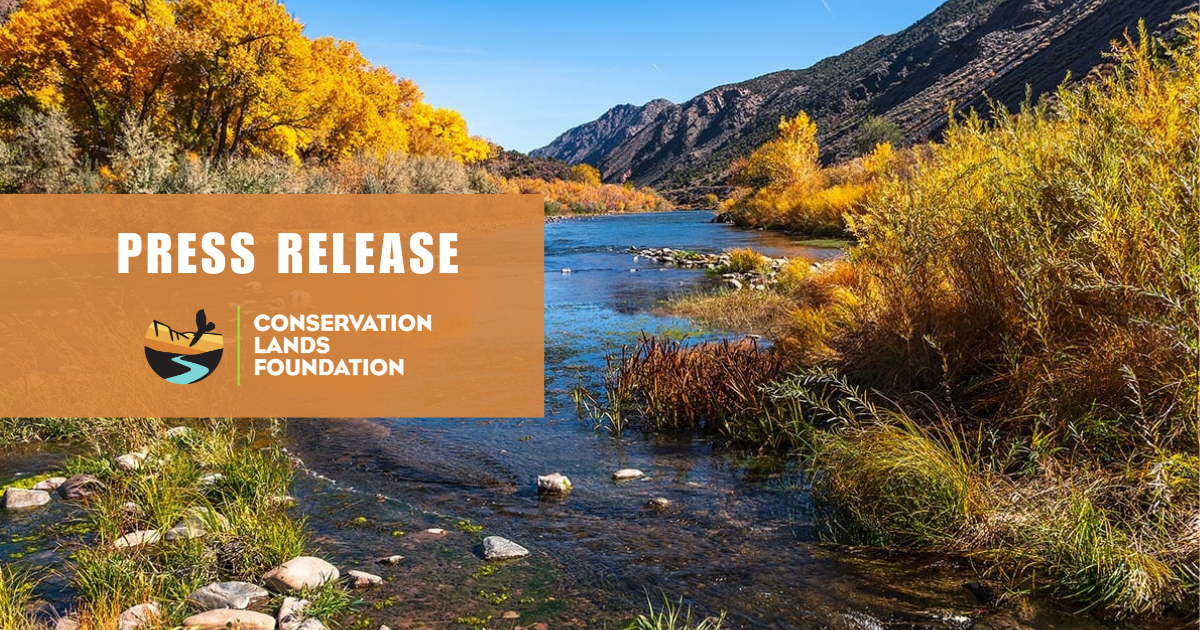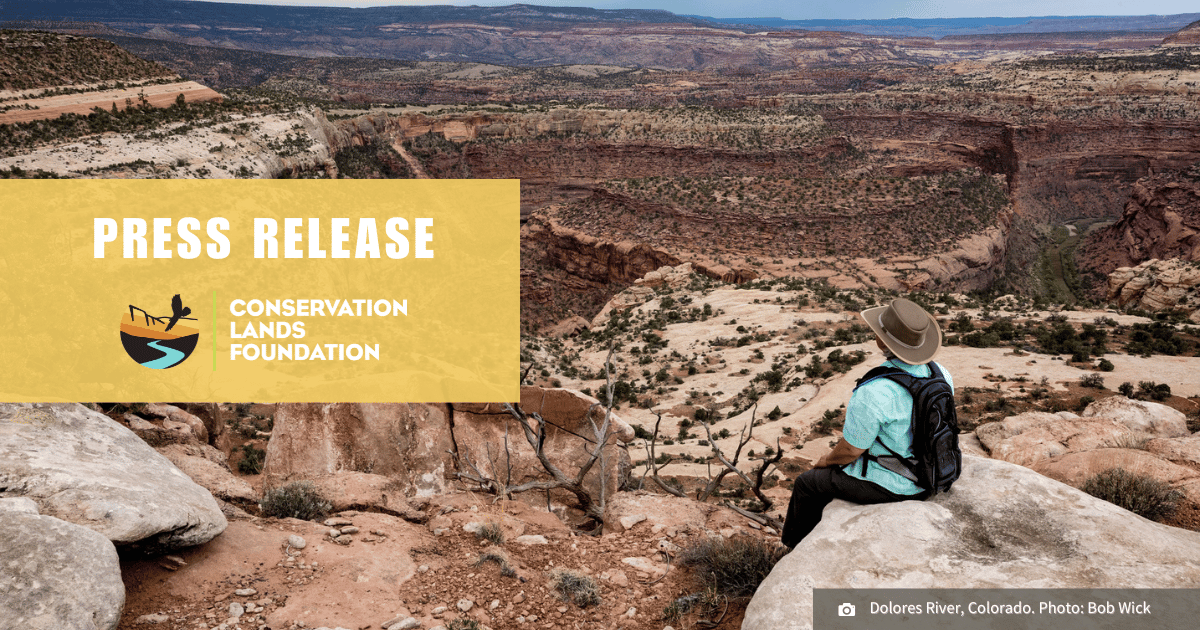New Mexicans Show Strong Support for Bureau of Land Management's Proposed Public Lands Rule
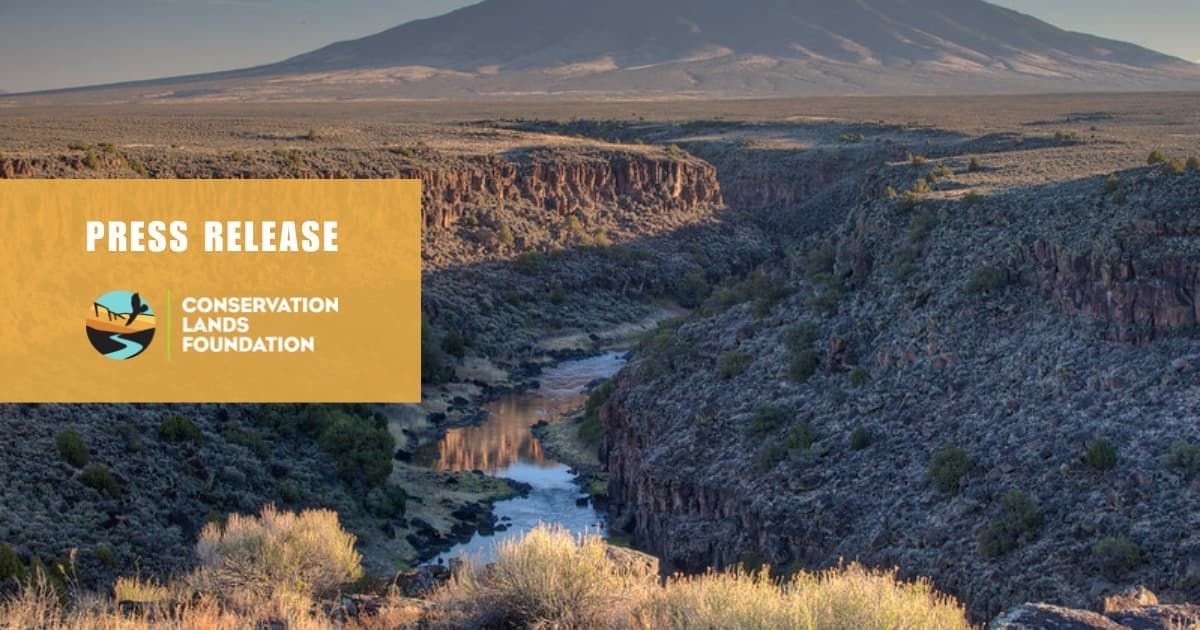
Albuquerque, NM – New Mexicans across the state commended the Bureau of Land Management (BLM)’s proposed public lands rule that will prioritize conservation in land management decisions. The agency is holding its second in-person meeting in Albuquerque today to answer questions from the public about the proposal. The BLM plays a critical role in New Mexico, managing over 13.5 million acres of lands across the state.
Known as the “Public Lands Rule,” the proposal highlights the need for the agency to work with local communities to focus on the conservation of land, water, and wildlife to ensure people can protect future access to federal public lands while combating the growing impacts of climate change. The draft Rule also encourages BLM managers to work more closely with tribal nations to ensure cultural resource protection in New Mexico and across the West. In addition, the Rule provides consistent direction to land managers to prioritize the inventory, designation, and special management of Areas of Critical Environmental Concern (ACECs). In addition to the meeting today in Albuquerque, the public has until June 20, 2023 to comment on the Rule.
Bringing conservation on equal footing with the many other uses of BLM lands would boost rural economies that depend on beautiful lands and clean water. The draft plan helps ensure a future in which people can continue to enjoy hiking and biking, hunting and fishing, and other forms of outdoor recreation, giving businesses the assurances they need to grow and thrive. According to the Bureau of Economic Affairs, the outdoor recreation economy in New Mexico generates $1.1 billion in wages and salaries, almost 26,000 jobs, and almost 2% of New Mexico’s GDP. In 2022, businesses that serve communities that depend on BLM lands sent a letter calling for greater protections.
New Mexicans and leaders across the West have long been urging the BLM to update its policies to ensure the conservation of our cherished landscapes. Senator Martin Heinrich, along with other Western Senators, sent the Biden administration a letter encouraging the BLM to do more to protect more lands; and similarly, Representatives Melanie Stansbury and Teresa Leger Fernández recently sent a letter signed by 40 members of the House calling on Interior Secretary Deb Haaland to direct the BLM to help Western states meet the challenges of the climate crisis by administratively protecting more public land. Local elected leaders have likewise called for greater BLM conservation.
The Public Lands Rule will help the agency better implement and balance its multiple use and sustained yield mission. This long overdue guidance is needed to update BLM’s policy framework to address the land management challenges of today, including rising temperatures, drought, and loss of nature in New Mexico and across the West.
Areas in New Mexico that could benefit from the BLM’s new Rule:
- Caja del Rio ACECs: Two ACECs just outside of Santa Fe are known for petroglyphs dating back 8,000 years, other cultural resources, wildlife and special status species, geologic features, and scenic values. The La Cieneguilla Petroglyph Site, located within the Caja del Rio, was recently vandalized again, and Pueblo leaders are asking for more patrols and resources to protect this site.
- Greater Chaco ACECs: Chaco Canyon was designated in 1987 as one of 24 UNESCO World Heritage Sites in the United States based on its importance as the center of Puebloan cultural and economic life during the 9th, 10th, and 11th centuries. The area holds thousands of artifacts and archaeological sites—some of which have yet to be identified and studied. Many tribes throughout the Four Corners are the direct descendants of the Chacoan people and consider the region their traditional homelands. The BLM’s current management plan, adopted in 2003, designated 79 ACECs within the Greater Chaco landscape to protect cultural resources. Unfortunately, these ACECs are small and fail to protect landscape-scale features of cultural importance. Since 2012, the BLM has been working to revise the management plan. However, the BLM rejected a 2014 nomination for a landscape-level ACEC, and the agency issued a draft plan in 2020 that declined to consider additional ACEC designations and included numerous exemptions for oil and gas drilling.
- Otero Mesa: This area encompasses the largest remaining Chihuahuan desert black grama grassland and is home to pronghorn antelope, black-tailed prairie dogs, and numerous bird species. It has long been a priority for sportsmen groups like New Mexico Wildlife Federation. The area has been proposed as a Backcountry Conservation Area (BCA) since 2016 and an ACEC since 2008.
- The draft rule provides critical guidance to BLM for protecting areas with outdated resource management plans. For example, the Carlsbad Field Office has been working for over a decade to revise its current plan, adopted in 1988, which governs the management of several areas that have been nominated for ACEC designation:
- Carlsbad Chihuahuan Desert Rivers ACEC: The Carlsbad Chihuahuan Desert Rivers proposed ACEC – totaling 108,474 acres – includes the riparian corridors of the Delaware, Pecos, and Black rivers. The ACEC would protect cultural, historic, scenic, plant and animal, geologic, paleontological, soil, karst, and riparian resources.
- Salt Playas ACEC: The Salt Playas proposed ACEC – totaling 49,772 acres – would protect Carlsbad’s salt lakes, which serve as essential stops for migratory shorebirds and have significant archeological and historical values.
- Birds of Prey Grasslands ACEC: The Birds of Prey Grasslands proposed ACEC – totaling 349,355 acres – contains significant grasslands and an extraordinarily high diversity of raptors and other birds. The area is located between two principal routes of the Central Flyway, which is one of four waterfowl flyways in North America.
Community Support for the Public Lands Rule
“We are grateful that the Bureau of Land Management is holding these public meetings on the proposed public lands rule. This rule is critical to ensuring that New Mexico’s and America’s cherished public lands are managed in a balanced manner so that wildlife and local communities will benefit now and well into the future. We look forward to working with the agency as it implements this long-overdue rule and applaud the BLM for continuing to expand collaboration with local communities and Tribes. As a whole, this important new rule helps ensure that public lands are given the responsible stewardship, resources and protections they so desperately deserve.”
- Rev. Andrew Black, the public lands field director at the National Wildlife Federation, founder of Earthkeepers360, and minister at First Presbyterian Church in Santa Fe
“The proposed BLM conservation rule will give a new tool to land managers, the public, and state and Tribal governments to engage in collaborative land stewardship that aims to caretake watersheds, reduce wildfire risks, improve habitat resilience, provide for responsible development, and expand recreation opportunities. The new rule is not a quick or easy fix but encourages robust dialogue—and hopefully action— between those who use our public lands. Multiple uses of land, water, and wildlife for generations to come is clearly worth discussion.”
- Jennifer Black, New Mexico Artemis Sportswoman
“We applaud the BLM for their new Public Lands Rule. New Mexicans have worked for generations to protect our state’s one-of-a-kind natural and cultural resources. The BLM’s new rule will ensure that conservation is balanced with other uses helping communities protect special places like Otero Mesa and Chaco Canyon,” said Michael Casaus, New Mexico State Director of The Wilderness Society. “Our congressional delegation have all been huge champions for conservation across the state, but they need good federal partners to ensure critical landscapes are protected. This new Public Lands Rule will give federal land managers clear direction and guidance to help them prioritize protect our state’s natural and cultural treasures for generations to come.”
- Michael Casaus, New Mexico State Director of The Wilderness Society
“It’s essential that New Mexico hunters and anglers make themselves heard in this rule-making process. Our public lands belong to all of us, and we need to insist that conservation have a seat at the table when we’re planning how to manage them now and into the future.”
- Jesse Deubel, executive director of the New Mexico Wildlife Federation.
“The Caja del Rio is a profoundly important cultural landscape that sustains traditional Hispano and Tribal cultures still to this day. To not do anything to conserve and protect this place yet reap what we have inherited is a sin. The Caja has to be passed on to my children’s children in better shape than I received it, no questions asked, and this starts with enhanced protections by the Bureau of Land Management.”
- Julian C. Gonzales Jr., lifelong sportsman, veteran, rancher, multi-generational New Mexican, and New Mexico Wild Grassroots Organizer
“The world class hunting, fishing and outdoor recreation opportunities Bureau of Land Management lands provide New Mexicans, and our state’s culture, heritage and way-of-life are forever connected to these protected lands. In Santa Fe County, the destruction of petroglyphs within the Caja del Rio Area of Critical Environmental Concern (ACEC) should be a call-to-action for the Bureau of Land Management. It is time to ensure that no further damage is done, and I am hopeful a strong Public Lands Rule from the BLM can honor the stewardship of the Puebloan people and protect these areas for generations to come.”
- Anna Hansen, Santa Fe County Commission Chair
“As a proud New Mexican and public lands advocate, I am thrilled to see the overwhelmingly positive response to the new Public Lands Rule, which prioritizes the protection of our public lands, cultural resources, and wildlife. This rule represents a significant step forward in our efforts to combat the growing impacts of climate change while preserving our cherished outdoor spaces for future generations. I am grateful for the tireless advocacy of our communities and tribal nations who have worked hard to ensure that these lands are protected and accessible to all. The BLM's renewed focus on conservation, recreation, and cultural resource protection is essential for the economic well-being of our rural communities and small businesses that rely on these lands. I am excited to see how this new policy will help us address the challenges of managing public lands in New Mexico and across the West, and I look forward to hearing from the public as we continue to refine and implement this critical rule.”
- Keegan King, CEO of Native Land Institute
“We’re encouraged to see the Bureau of Land Management’s new Public Lands Rule, and the positive impacts it will have on how public lands are managed in New Mexico and around the country. This rule will help rebalance the agency’s land management priorities and put conservation on equal footing with other uses. In a rapidly changing climate, it’s time for the BLM to manage public lands in New Mexico and across the West in a way that combats climate change, safeguards watersheds and protects our way of life for the benefit of future generations.”
- Romir Lahiri, New Mexico Associate Program Director of Conservation Lands Foundation
“Over 120 local elected officials from Western states have called on the Biden administration to protect more Bureau of Land Management lands as part of the administration’s America the Beautiful initiative. We look forward to the BLM hearing about why the Public Lands Rule is so important to New Mexicans, and how it can conserve and protect our nation’s important public lands, wildlife, and waters in tandem with locally-led efforts to advance conservation across New Mexico.”
- Anna Peterson, Executive Director of The Mountain Pact
“I’m encouraged to see BLM’s new Public Lands Rule, which prioritizes the protection of our public lands and natural and cultural resources. My home state of New Mexico has so many fragile cultural and natural resources that lie beyond significant protection from various types of development and encroachment. This new rule places conservation on a par with BLM’s other multiple uses and the timing is critical for so many threatened places and resources.”
- Paul F. Reed, Preservation Archaeologist, Archaeology Southwest
“In New Mexico, we’ve seen devastating climate impacts on our public lands. Whether it’s drought, invasive species, wildfire, or over-use, many ecosystems are struggling and need to be safeguarded or restored. This proposed rule is long-overdue and will give the Bureau of Land Management new tools to ensure that our wildlife, our lands and waters, our sporting heritage, and rural traditional communities can thrive for generations to come.”
- Max Trujillo, San Miguel County Commissioner and Senior Field Coordinator of Hispanics Enjoying Camping, Hunting, and the Outdoors (HECHO)
“BLM Lands in New Mexico make up an important part of our local economy. People come from near and far to hike, bike, and more on these lands, and they spend their dollars in our stores, our hotels, and with our outfitter guides. Simply put, small, locally owned businesses like mine depend on BLM lands and we need to protect them. I am excited for New Mexicans to share with the BLM what these lands mean to them.”
- Ivan Valdez, Reel Life Santa Fe
“America’s parks and public lands are places of exploration and inspiration. Inappropriate development and activities on lands surrounding and connected to parks can directly impact park resources as well as visitor experience. The BLM’s vision provides a more balanced approach to conservation, development, and recreation. Parks and public lands are among the nation’s most iconic open areas of the West that drive tourism, offer refuge for wildlife, provide access to nature, and safeguard innumerable stories of human experiences on the land. Now is the time to save these critical places that are the backbone of a vibrant future.”
- Emily Wolf, New Mexico Program Coordinator for the Southwest Region of the National Parks Conservation Association
Background on the BLM in New Mexico
- There are 13.5 million acres of Bureau of Land Management (BLM)-managed lands in New Mexico, making it the largest land manager in the state.
- 88% of the lands managed by BLM in the state of New Mexico are open to oil and gas development, while only 11% of the lands are protected.
- Currently, 4.3 million acres of BLM managed minerals in New Mexico are under lease for oil and gas development. That's nearly 32% of the total acres of BLM-managed lands in the state.
- There are 18 BLM designated wilderness areas in New Mexico, totaling 455,794 acres or less than 1% of the state’s total land mass and 3.3% of the total acres of BLM-managed lands in the state.
- There are 48 BLM wilderness study areas in New Mexico totaling 725,006 acres or just under 1% of the state’s total land mass and slightly over 5% of the total acres of BLM-managed lands in the state.
- There are 344,459 acres of BLM-identified lands with wilderness characteristics (sometimes referred to as “LWC areas”) or less than 1% of the state’s total land mass and 2.5% of the total acres of BLM managed lands in the state.
- New Mexico Wild has identified an additional 2.9 million acres of BLM-managed lands it determined also have wilderness characteristics. The BLM does not currently manage these wilderness quality lands to protect their cultural and ecological values.
###
